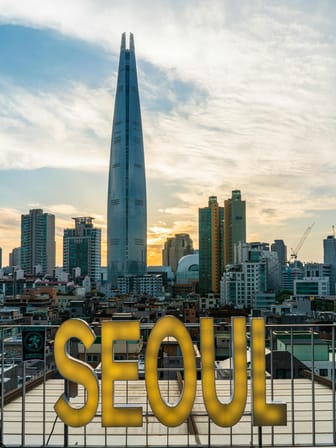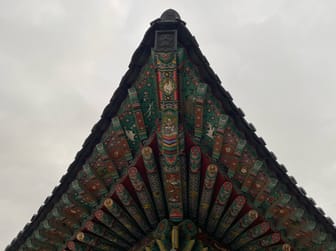Free Food Tour of Seoul: Must-Try Local Delights

Stop 1: Gwangjang Market – The Heart of Street Food

What to Expect:
Gwangjang Market is one of Seoul’s oldest traditional markets and a paradise for food lovers. It's a must-visit for anyone who wants to experience the authentic flavors of Korean street food.
Local Tip
Head there early in the day or around lunchtime for the best variety of food and a bustling atmosphere.
Don’t Miss:
Bindaetteok (Mung Bean Pancakes)
A crispy, savory pancake made from ground mung beans. It's deep-fried to perfection and served with a dipping sauce.
Mayak Kimbap (Addictive Rice Rolls)
These small rice rolls are packed with flavor and are known for being "addictive" due to their simplicity and taste. They’re filled with pickled radish, spinach, and a dash of sesame oil.
Live Seafood Options
You’ll find fresh squid and other seafood at some stalls, often grilled or served as sashimi.
Kkwa-baegi (Twisted Donut)
Chewy and Sweet Donut from a popular store located at the Exit located by the Cheonggyecheon. The chewiness is due to the rice four that it's made with. This is also what differentiates it from a regular donut.
Cost
Around ₩5,000 - ₩10,000 per dish (great value for money!)
Opening Times
09:00 - 23:00
Stop 2: Bibimbap – The Classic Korean Comfort Bowl
What to Expect:
Bibimbap is the ultimate Korean comfort food. It’s a beautifully colorful dish made with steamed rice, an assortment of vegetables, a fried egg, and spicy gochujang (chili paste). It’s healthy, filling, and perfect for those who want a balanced meal on the go.
Local Tip
Many restaurants serve bibimbap with a side of kimchi (fermented cabbage), which pairs perfectly with the rice and veggies.
Don’t Miss:
Dolsot Bibimbap
Served in a hot stone bowl, this version of bibimbap gives the rice a crispy edge, making it even more flavorful.
Beef Bibimbap
For meat lovers, opt for the version that comes with sliced beef, adding a rich depth of flavor to the dish.
Cost
Around ₩7,000 - ₩12,000 depending on the place.
Local Tip
While bibimbap is found all over Seoul, Insadong is known for its many restaurants offering this dish in cozy, traditional settings.
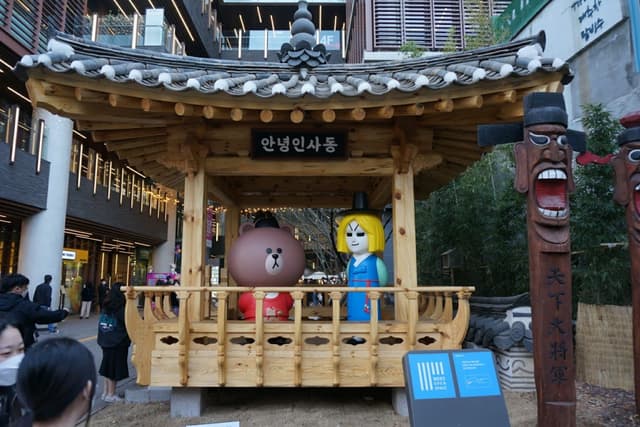
Special Recommendation: Michelin recognized
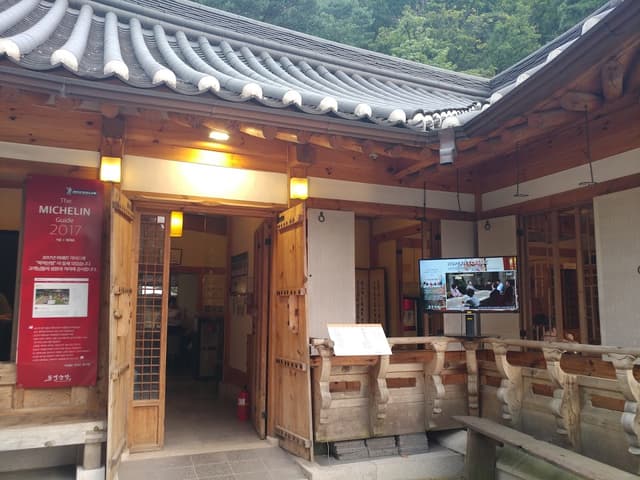
Stop 3: Kimchi Jjigae – Soul-Warming Stew
What to Expect:
Kimchi Jjigae (kimchi stew) is the definition of comfort food in Korea. It’s a rich, spicy stew made with fermented kimchi, tofu, and pork (or sometimes tuna), and is typically served with a bowl of steamed rice. This stew is popular both as a quick lunch and a dinner option for Koreans of all ages.
Local Tip
Kimchi jjigae is often made with older, more fermented kimchi, which gives it a deeper, more intense flavor.
Don’t Miss:
Tofu Kimchi Jjigae
If you’re looking for something lighter, try the tofu-based kimchi jjigae, which is just as flavorful.
Pork Kimchi Jjigae
For a more hearty option, go for the pork variety, which includes tender chunks of pork belly that soak up the savory broth.
Cost
Around ₩6,000 - ₩10,000 for a bowl.
Local Tip
You’ll often find kimchi jjigae served at 24-hour diners (known as "hospitable diners" or "24시 식당") where locals go for late-night comfort food.
Restaurant Recommendation
Golmok Kimchi Jjigae (골목김치찌개)
Opening Times
10:30-22:00
Stop 4: Tteokbokki – Sweet and Spicy Rice Cakes
What to Expect:
Tteokbokki is a beloved Korean street food made with chewy rice cakes simmered in a sweet and spicy sauce. It’s a snack that’s perfect for when you’re on the go or looking for something to satisfy your sweet and spicy cravings.
Local Tip
Tteokbokki often comes with extra goodies like fish cakes (eomuk) or boiled eggs, which soak up the sauce and add extra flavor.
Don’t Miss:
Spicy Tteokbokki*
The traditional version made with gochujang (Korean chili paste), offering the perfect mix of heat and sweetness.
Cheese Tteokbokki
For a twist on the classic, some vendors top tteokbokki with melted cheese for a creamy texture that balances the heat.
Rose Tteokbokki
Milder than the classic made with cream and gochujang sauce. Through this, the sauce turns rose-colored where the name comes from.
Cost
Around ₩3,000 - ₩5,000 for a portion.
Local Tip
For the best tteokbokki, head to Myeongdong Night Market or Jongno, where street vendors serve up fresh, piping-hot rice cakes.
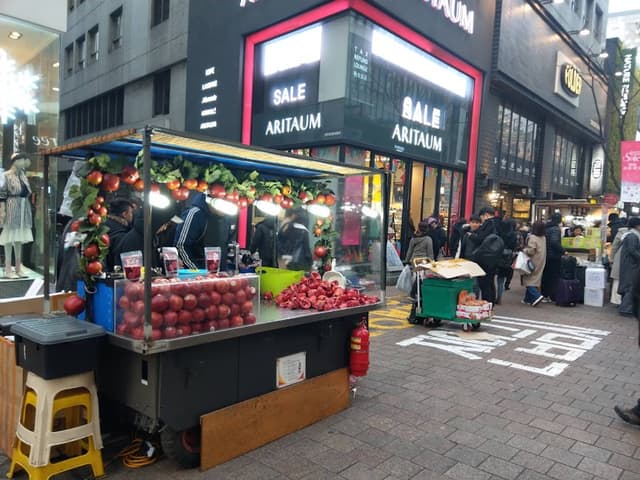
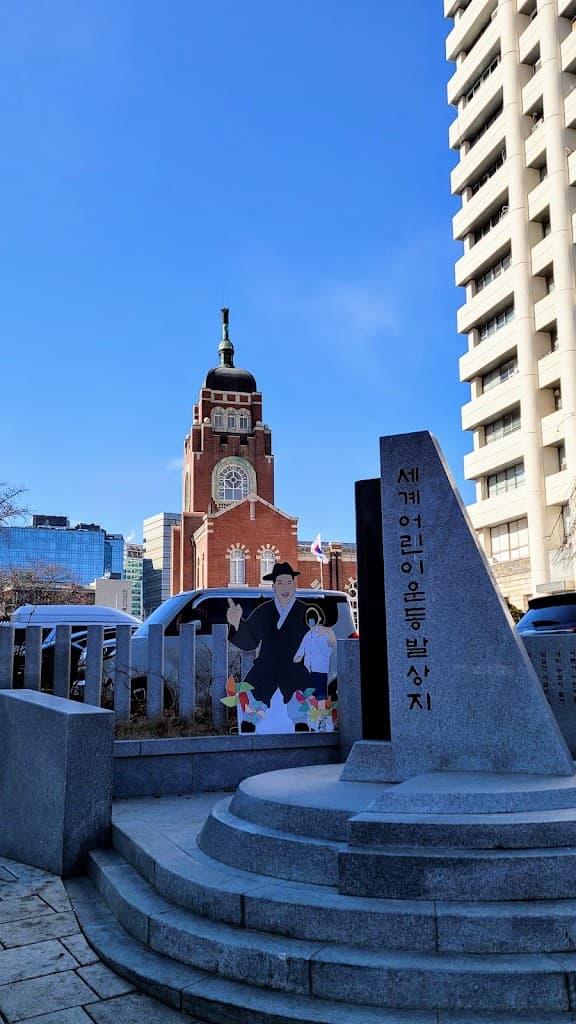
Stop 5: Hotteok – Sweet Korean Pancakes for Dessert
What to Expect:
After a savory meal, nothing beats the sweetness of hotteok. These fried pancakes are filled with a mixture of brown sugar, cinnamon, and crushed peanuts, and they’re crispy on the outside and gooey on the inside.
Hotteok is especially popular during the colder months, but you can find it year-round at various street food stalls.
Don’t Miss:
Cinnamon Hotteok
The classic version with a cinnamon-sugar filling.
Peanut Hotteok
A variation filled with crushed peanuts for extra texture.
Cost
Around ₩1,500 - ₩2,500 per pancake.
Local Tip
You’ll find hotteok in busy areas like Insadong and Hongdae, where vendors keep the pancakes fresh and hot, ready for you to enjoy!
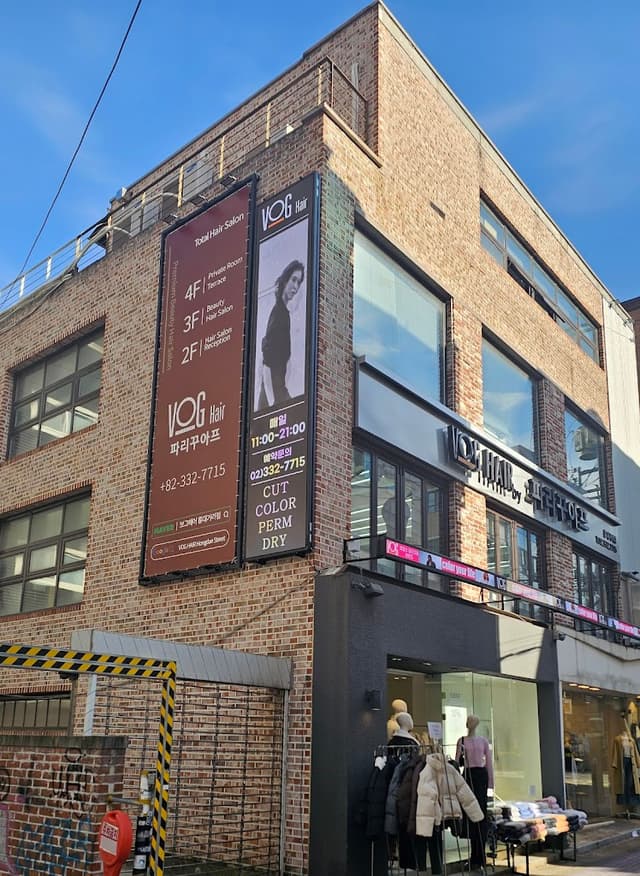
Recommendation
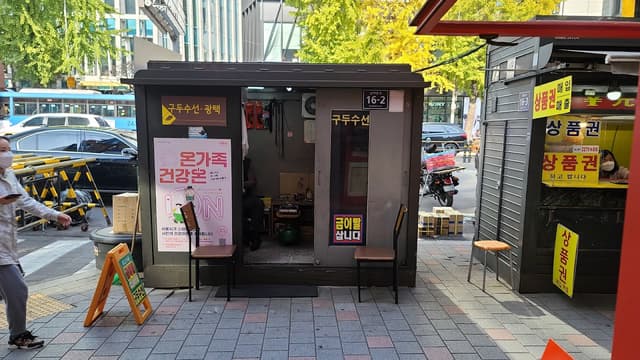
Final Tips for Your Food Tour in Seoul:
Cash is King
Many of the smaller vendors prefer cash, so it’s a good idea to carry some local currency with you.
Spice Level
Korean food can be spicy! If you’re not used to spicy food, ask for a “mild” version (약간 매운 맛 – yak-kan mae-un mat).
Chopsticks and Spoons
You’ll often be provided with both chopsticks and a spoon. Use chopsticks for solid foods like rice and vegetables, and a spoon for soups and stews.
Drink Options
Don’t forget to try a refreshing glass of sikhye (sweet rice drink) to balance out the spiciness of your meal, or soju (Korean alcohol) if you’re feeling adventurous!
Thanks for Exploring with Me!
I hope this Free Food Tour of Seoul inspires your next adventure!
If you found this guide helpful, consider supporting my work with a small tip—it helps me keep creating detailed, honest travel guides just for you. Every bit counts and means so much! 🌟
Thank you for joining me on this journey. Let’s keep exploring Korea together! 💛
The home for unique & authentic travel

